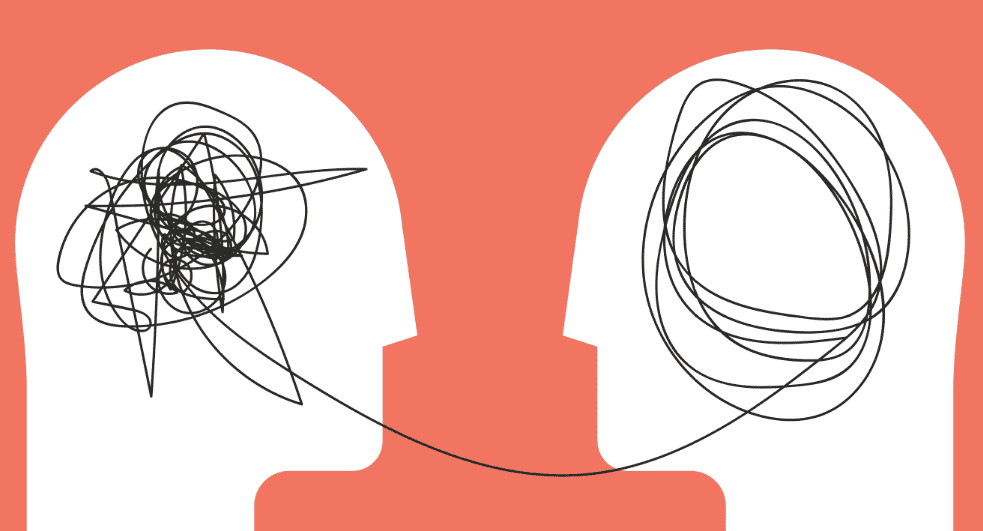In the intricate dance of human connection, one of the most profound experiences is feeling understood. It’s a sensation that resonates deeply within us, validating our existence and affirming our thoughts and emotions. Yet, like any art form, it requires both skill and practice. At the heart of this art lies the journey of growing into oneself, a process that contributes immensely to the ability to feel understood.
Understanding, in its essence, goes beyond mere comprehension. It involves empathy, compassion, and a willingness to engage with another person’s perspective. However, to truly feel understood, one must first understand oneself. This journey of self-discovery is multifaceted, encompassing both internal reflection and external experiences.
Self-awareness forms the cornerstone of feeling understood. It involves peeling back the layers of our identities, acknowledging our strengths, weaknesses, values, and aspirations. Through introspection, we gain insights into our thoughts, feelings, and behaviors, fostering a deeper understanding of who we are. This self-awareness serves as a compass, guiding us in our interactions with others and helping us articulate our needs and desires.
As we grow into ourselves, we become more comfortable with our authentic selves. “Growing up, I never felt like anyone understood me,” Ethan Verdugo (12) shares, “But now that I’m older and understand myself, it feels so much easier for me to be understood by the world around me.” We shed the masks we wear to conform to societal expectations or please others, embracing our uniqueness instead. This authenticity is magnetic, drawing others towards us in genuine connection. When we present ourselves honestly, we invite others to do the same, laying the foundation for mutual understanding.
Moreover, the journey of self-growth involves cultivating empathy and compassion. As we navigate our own struggles and triumphs, we develop a greater appreciation for the human experience. Empathy allows us to step into another’s shoes, seeing the world through their eyes and understanding their perspective. It bridges the gap between us, fostering a sense of connection and belonging.
Communication is another vital aspect of feeling understood. Clear and open communication enables us to articulate our thoughts and emotions effectively, allowing others to grasp our inner world. This requires both speaking our truth and actively listening to others without judgment or interruption. Through mindful communication, we create a safe space for vulnerability and understanding to flourish.
Furthermore, the art of feeling understood extends beyond words. It encompasses nonverbal cues, such as gestures, facial expressions, and body language. These subtle signals convey emotions and intentions, offering insights into our inner state. By paying attention to these cues, we can deepen our understanding of others and cultivate empathy in our interactions.
Ultimately, the art of feeling understood is a continuous journey, marked by growth, introspection, and connection. It requires courage to embrace our authenticity, vulnerability to share our truths, and empathy to understand others deeply. As we evolve on this journey, we not only enrich our own lives but also contribute to creating a more empathetic and compassionate world.
In conclusion, the art of feeling understood is a testament to the human capacity for empathy and connection. By growing into ourselves, we lay the groundwork for understanding and being understood. Through self-awareness, authenticity, compassion, and communication, we can cultivate deeper connections with others and foster a sense of belonging in our relationships. In embracing this art, we embark on a journey of personal growth and collective understanding, enriching both ourselves and those around us.




























